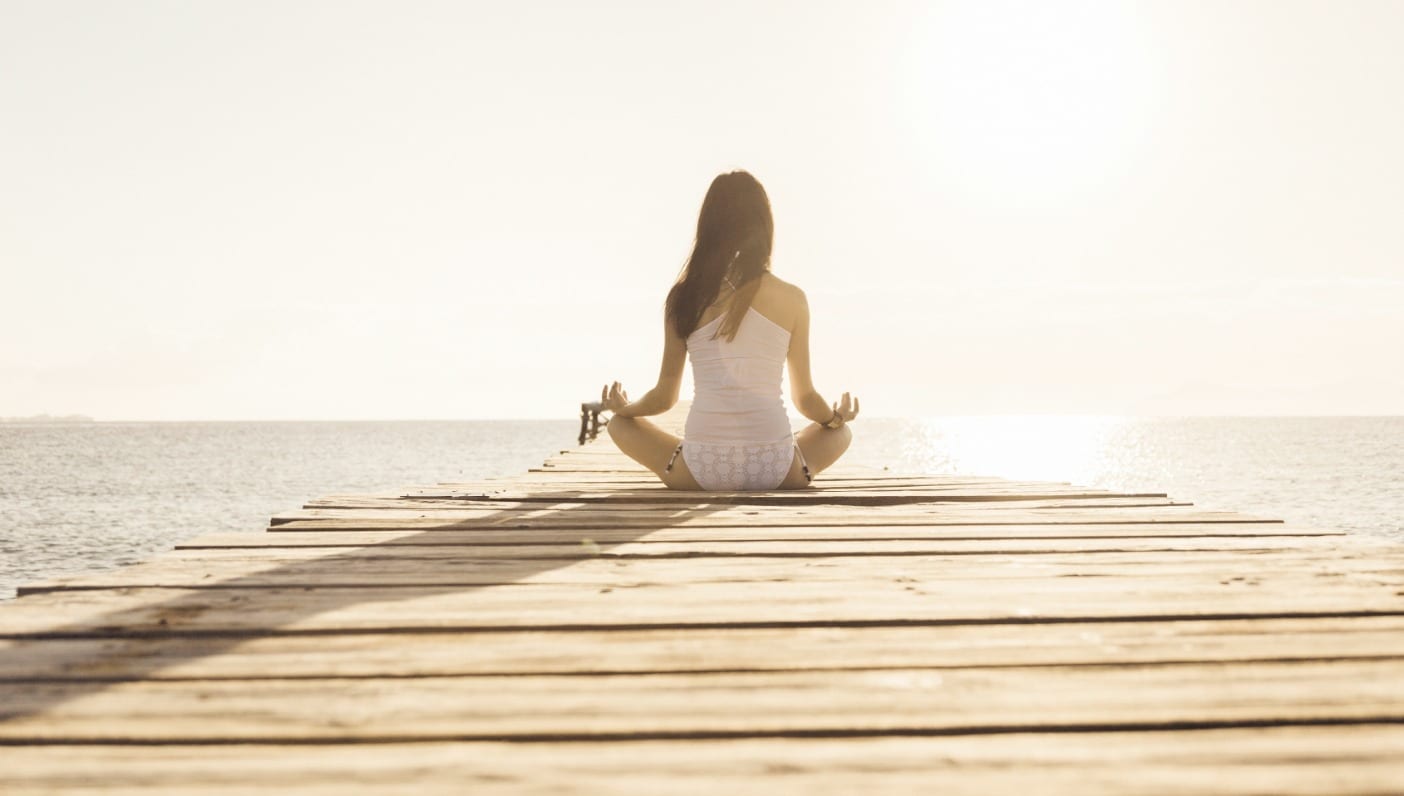
This is part one of a four-part series running across wanderlust.com and YOGANONYMOUS about the different stages of creativity.
Inspiration, throughout history, has been known by many names: the muse, the spark, divine guidance, or creative unconscious. All imply a sudden arousal of creativity that to a certain degree exists beyond the mind, yet enters consciousness at some point of open receptivity. This primary—and primal stage—of the creative process, and the language used to describe it, points to the great mystery of inspiration: Where do our ideas come from?
There are several different theories on where notions originate. Dr. Helen Abadzi, an education specialist and cognitive neuroscientist with the World Bank, has a scientific perspective on the matter. She describes the two cerebral functions necessary for creativity as our ability to use our memory effectively and quickly toward the aim of planning and executing something, in combination with a state of mental rest, which helps us forge unexpected connections.
What are unexpected connections? Ever have an amazing thought pop into your head in the shower or when you laid down to rest? Those a-ha moments can inspire some of our greatest ideas.
To break down Dr. Abadzi’s analysis into an analogy: Just as the seeds and buds can only burst through their shells and pods after the necessary combination of external and internal factors—light, water, hibernation, and genetic coding—creative inspiration needs the same combination from the artist. The creator must commit to their memory banks what they have seen, felt, heard, and experienced—paired with deep introspection and quiet—to allow new ideas to burst forth from the space, emptiness, and stillness.
Yet, in a world obsessed with instant information and gratification, with superhuman expectations of productivity and result, there is immense pressure for “creatives” to live in a permanent creative upswing. When we internalize these social pressures anxiety comes forth.
Though it is healthy to let the artistic fields lay fallow, and human to expect occasional creative blocks or uninspired moments, societal expectations are hard to step outside of. If we are constantly filling up with information and exposure, when do we find time for the seed to take hold, germinate, and blossom?
Luckily, we can use the ancient art of yoga to support and enhance this aspect of our creative practice. Finding respite from the world in order to integrate input and allow the mind to do what it does best—imagine, explore, and innovate—is as easy as practicing Pratyahara (control of the senses).
This meditation practice is done by blocking your ears with your thumbs, covering your eyes with your index and middle finger, and blocking your nose with your ring fingers. Sit in meditation for at least five minutes. The silence and stillness we find in meditation gives us the emptiness we need to hear ourselves, and encourages inspiration to bubble up from our creative unconscious.
Parts of this piece were originally published here by our friends at Elephant Journal.
Photo via iStock
Video courtesy of Mara Raye Munro
—
 Mara Raye Munro is the Founder of Yoga for Creativity, author of Leaving Pompeii and Yoga for Creativity (forthcoming), and a contributing writer to the recent Wanderlust book. An explorer of inner and outer landscapes, her passion is to dig for buried treasures that are the rituals and knowledge of ancient cultures to share them with the modern world. She works with groups and individual artists to help them find holistic personal health and creative abundance through their yoga practice. Follow her journey on Facebook, Twitter, and Instagram.
Mara Raye Munro is the Founder of Yoga for Creativity, author of Leaving Pompeii and Yoga for Creativity (forthcoming), and a contributing writer to the recent Wanderlust book. An explorer of inner and outer landscapes, her passion is to dig for buried treasures that are the rituals and knowledge of ancient cultures to share them with the modern world. She works with groups and individual artists to help them find holistic personal health and creative abundance through their yoga practice. Follow her journey on Facebook, Twitter, and Instagram.